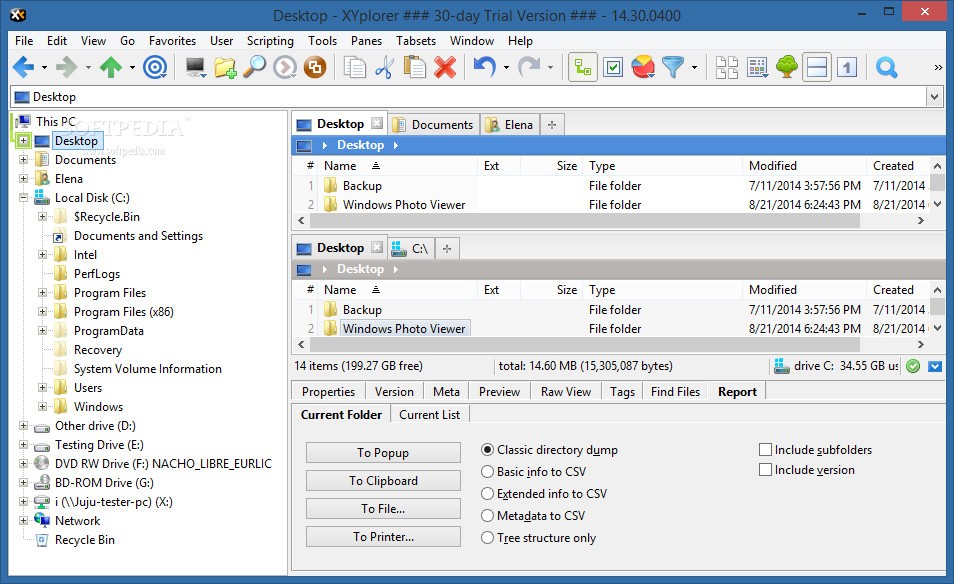


The database includes structures published since 1913. The NIST Inorganic Crystal Structure Database is a collection of crystal structure entries for non-organic compounds, including inorganics, ceramics, minerals, pure elements, metals, and intermetallics. The inclusion of the Material Measurement Laboratory's comprehensive crystal structure databases in diffraction instruments will greatly increase the number of materials that can be identified, improve the ability to discriminate between materials with similar structures, and is expected to result in increased instrument sales.Ĭustomers and beneficiaries include diffraction instrument vendors (Oxford Instruments and EDAX) and materials developers and researchers in industry, academia and government. An estimated 20,000 X-ray diffractometers and a comparable number of electron microscopes are used daily in materials research and development laboratories for this purpose. Examples of multi-million dollar industries driven by materials advances are solid-state lighting (GaN-based devices), automotive (Pt-alloy catalytic converters) and prosthetic devices (ceramic dental crowns).Ĭrystalline compounds can be identified by their characteristic diffraction patterns using X-rays, neutrons and electrons. Materials with new or improved properties are continually being developed to meet demands for increased functionality of components and devices at decreased costs.


 0 kommentar(er)
0 kommentar(er)
